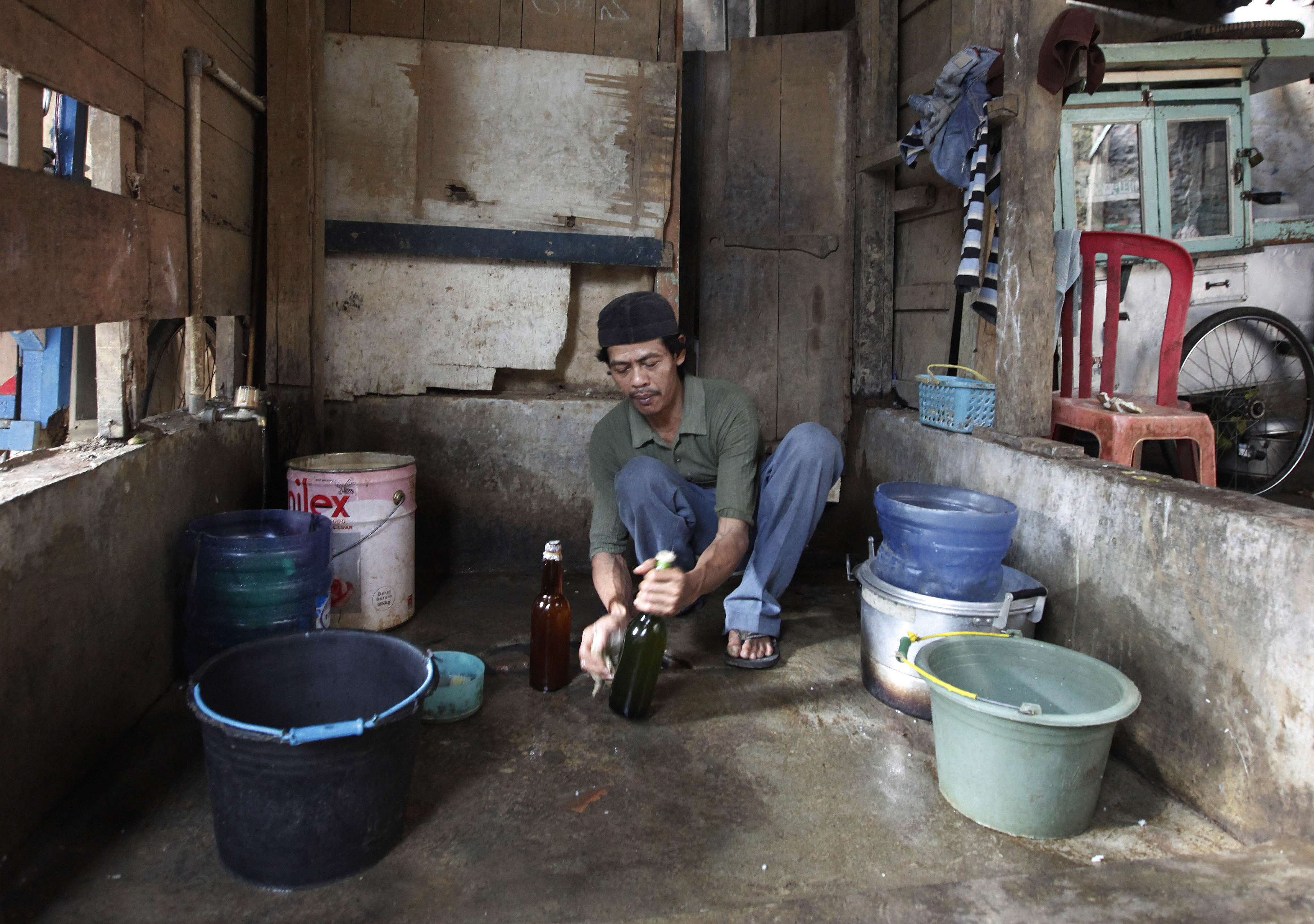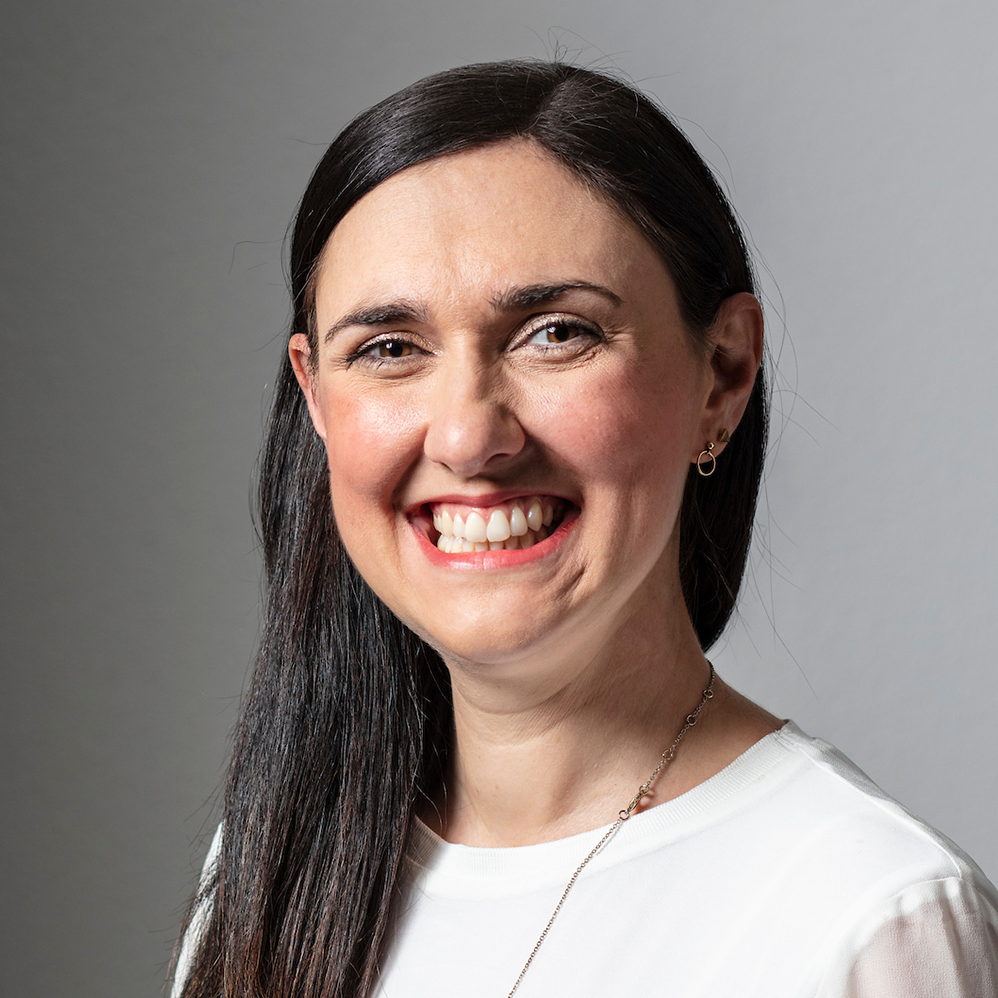Natural disasters highlight insurance void

In a country like the Philippines, where whole cities have been destroyed by typhoon Haiyan, a lack of money to rebuild will become the next challenge after emergency relief. Insurance schemes aimed at low-earners could be part of future solutions.
“The situation really looks apocalyptic here. Almost every house is down, the whole area was flooded very badly, the water rose up to nearly two or three metres inside the city,” Yann Libessart, part of the emergency team from Doctors without Borders, told swissinfo.ch from Tacloban in the Philippines.
While international aid plays a major role in restoring infrastructure and getting communities back on their feet after a natural disaster, major insurance companies say micro insurance schemes should be looked into before the next extreme weather scenario. This type of insurance, specifically designed for low-income workers, requires regular payments and will give a financial pay-out in the case of a catastrophe.
In the Philippines, non-life insurance premiums made up less than 0.49% of GDP in 2012, according to Swiss Re Economic Research and Consulting. That’s below Asia’s average of 1.64% and is relatively low, according to Clarence Wong, the research centre’s chief economist for Asia.
“Most insured properties are believed to concentrate in metropolitan areas. Earlier typhoons have consistently resulted in limited insurance pay-outs due to low penetration,” Wong told swissinfo.ch.
Swiss Solidarity, the fundraising arm of the Swiss Broadcasting Corporation (SBC), swissinfo’s parent company, held a national fundraising day on November 18 to raise money for those affected by typhoon Haiyan in the Philippines.
Call centres, staffed by volunteers, took donation pledges over the phone from 6am to midnight at the SBC’s premises in Bern, Chur, Geneva, Lugano and Zurich.
More than CHF9 million ($9.9 million) was pledged on the day. Aside from this amount, the organisation has already received more than CHF14 million in direct donations.
The charitable foundation was set up 67 years ago and has since raised more than CHF1.5 billion. 25% of funds go to Swiss causes and 69% to disaster relief abroad.
On Saturday, the Swiss foreign ministry announced that CHF6 million would be given in government aid to help the typhoon’s victims.
Low insurance take-up
Poor uptake of insurance funds aimed at low-level earners in developing countries is a subject of research by the Institute of Insurance Economics at the University of St Gallen, which has been examining the reasons behind this in the Philippines.
“From a theoretical point of view you would imagine that the demand should be very high, however if you look in reality, the demand is relatively low,” Martin Eling, professor of insurance management, told swissinfo.ch.
Micro insurance is being introduced with the help of non-governmental organisations on the ground in a number of different countries to see if an alternative model can work in practice.
“More and more governments want to provide protection to people affected by these storms. … [and so] governments or NGOs come up with safety nets or insurance solutions to help people at the bottom of the pyramid,” said Reto Schnarwiler, managing director of global partnerships at Swiss Re.
Swiss Re worked with a number of partner organisations including risk managers and local NGOs to set up a Microinsurance Catastrophe Risk Organisation (MiCRO) in Haiti in June 2011. Severe rain, flooding and mudslides had led to loss of life and livelihood for people living there. The special donor-capitalised insurance fund was aimed at those who had set up very small businesses with little financial flexibility.
Small-scale entrepreneurs could opt for the insurance through Fonkoze, Haiti’s largest microfinance institution, at the time when they took out a loan. The institution had 50,000 clients at the start of 2011.
The typhoon made landfall in the Philippines on November 8. Wind speeds reached up to 235 kilometres per hour, with gusts of approximately 320 kilometres per hour.
The president of the Philippines declared a state of national calamity on November 11.
The UN Office for the Coordination of Humanitarian Affairs (OCHA) says 11.8 million people have been affected by the typhoon and many hundreds of thousands of people have been displaced. The death toll continues to rise, and already numbers multiple thousands.
(Sources: OCHA / Reuters)
Different perspective
Micro insurance is something that works with varying success, according to Eling. “Of course you have to finance the premium; and the rural farmers, for example, that we did the experiment with, some months you have the money available, they could finance the premium and some months not.”
There is also an issue of making the schemes self-sufficient at some point. “Most of the micro insurance products that are in the market are subsidised,” says Eling. “The farmers themselves do not really cover the majority of the premium – most of it is financed by development organisations or by the governments, and this leads, of course, to a situation which is not really sustainable.”
He added that this can lead people to “not value the product”.
Schnarwiler looks at the problem of covering the costs of a natural disaster from a different perspective, citing a heavy burden on governments after catastrophes. “They can count on international donors to help them out in this dire situation, try to raise money in international markets by issuing debt … they can also try to reshuffle government budgets, but typically they are already overstretched.”
Schnarwiler believes a better solution to help recovery is for governments, NGOs and international organisations to jointly work on increasing the penetration, or number of insurance policy holders.
Efficiency
The University of St Gallen’s on-going study in the Philippines has shown some problems with micro insurance, but ultimately Eling believes it has a great deal of potential if combined with factors such as education, financial literacy and regulation, to increase the level of trust among people putting forward their money.
“Many of the institutions that we look at are very small and most of them are only active in a very small regional area, which gives you problems such as economies of scale. They do not really have the size to be very efficient and they also have what we call cumulative risk.”
If an insurance company only works in one area, and this area suffers after a major event or catastrophe, all the policy holders are affected and have a loss.
Regulation of the industry and thorough collection of data on insurance markets and catastrophes would help to better estimate risks and calculate premiums, according to Eling. Having international groups and companies behind the schemes also helps at first.
International aid
In the Philippines, rebuilding is a secondary concern, as immediate priorities such as finding shelter for the hundreds of thousands of displaced people take precedence after emergency food, water and medical provisions.
When the time does come to rebuild lives and homes, international aid will feature heavily. For Swiss Solidarity, the fundraising arm of the Swiss Broadcasting Corporation, rebuilding takes up to 70% of the money they raise after such disasters.
“This will be projects that can be for the duration of several years … income-generating activities, really physical rebuilding of buildings and infrastructure. It’s a holistic approach that will enable the population to get their lives back,” Daniela Toupane, spokesperson from Swiss Solidarity, told swissinfo.ch.

In compliance with the JTI standards
More: SWI swissinfo.ch certified by the Journalism Trust Initiative











You can find an overview of ongoing debates with our journalists here . Please join us!
If you want to start a conversation about a topic raised in this article or want to report factual errors, email us at english@swissinfo.ch.